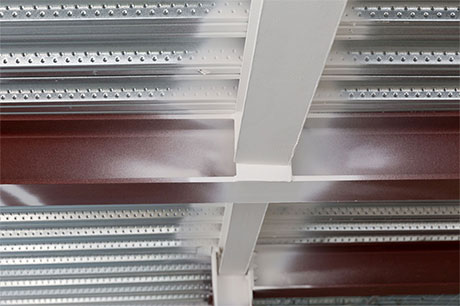Intumescent
A passive fire protection coating/Intumescent is one of the several types of fire protection coatings, which also include cementitious products, blanket systems, and fiberboard systems. PFP coatings are generally intumescent materials and some are part of an epoxy formulation. A passive fire protection coating (PFP coating) is a protective barrier applied to an industrial component that prevents damage during a fire. By being passive, the coating protects against the negative effects of a fire but does not quench or prevent the spread of a fire as active fire protection might. Fire protection coatings tested to the highest standards to complement fire safety objectives for both life safety and property protection. Structural steelwork is the most commonly protected material but protection can include other materials such as aluminum and plastic. Fire Protection is a moral and legal requirement to ensure the safety of people at work and at home. If appropriate fire safety provisions are not made, including passive fire protection, the economic and social effects of fire could be catastrophic.With our complete course of plan, we offer PFP resistance from 30 min to 120minutes.
Intumescent coatings are used in buildings to resist fire damage. They can be applied to structures as a visually appealing fire-proofing product. The paint product is applied to the steel in layers as needed to generate thickness. At ambient temperatures, they remain stable. However, in a fire situation, the increase in temperature causes a chemical reaction. The intumescent coating expands to many times its original thickness. This provides an insulating foam-like coating or “char” which protects the substrate .In order to achieve an appearance similar to that of a paint finish, a final layer of intumescent paint is mixed with pigments that provide the color you choose.


